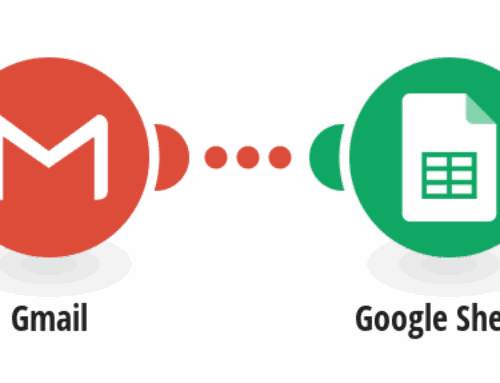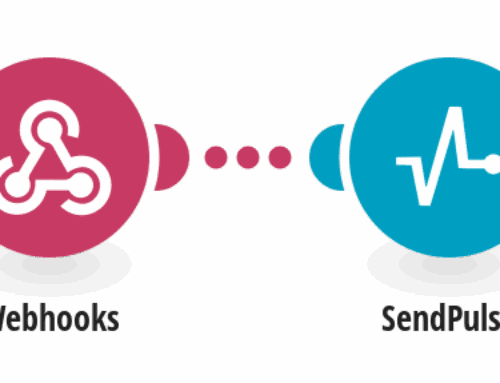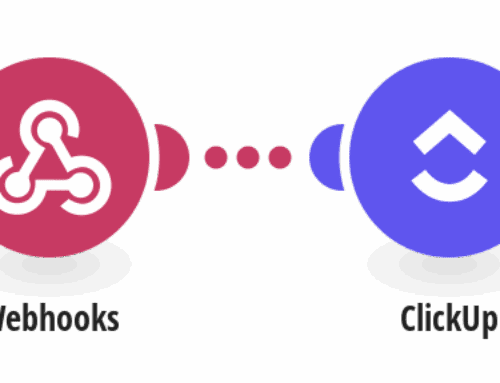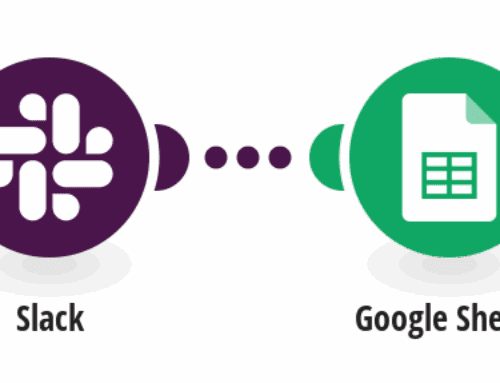Business process automation (BPA) is the process of automating day-to-day business tasks, making them more reliable and efficient. It’s a new way of working that is disrupting many industries from finance to healthcare and beyond. With BPA, businesses can eliminate repetitive activities and streamline processes.
Businesses have traditionally used different software applications for their different business processes and legacy data was often hard to find or reconcile between systems. Additionally, many businesses have manual processes which make it difficult to track costs, manage risks, and track performance.
Business process automation helps businesses streamline their processes and drive change within departments faster than before by automating business tasks through reusable workflows called business process templates (or simply “processes”).
The Role of Process Automation Today
Today, we’re in the middle of a process automation revolution. People have been trying to automate business tasks for years, but it wasn’t until robots and artificial intelligence (AI) became more sophisticated that change became possible. Business process automation is a way to take advantage of new technology.
It’s not just about using AI, it’s about using technology like AI to power workflows that were previously powered by spreadsheets. This has led to a surge in the process automation market. Research firm MarketsandMarkets predicts the market will reach almost $19 billion by 2024.
Low Code Business Process Automation
Low code is a software development approach that uses a low code or ‘language-agnostic’ approach to developing software. This allows for a more scalable and cost-effective development approach because low code is not specific to a certain business process.
Using a low code approach, a company can create reusable business process templates that can then be used across multiple departments to reduce the number of specific custom development projects. Furthermore, each template can be adjusted to fit each department’s specific requirements.
How Does BPA Work?
The best way to understand BPA is to first understand the need for it. Most businesses struggle with the same issues as customers – getting their requests in at the right time, getting the job done, and getting their requests completed promptly. The problem is that it’s not just one person who has these issues. It’s the whole company. And it’s especially hard to overcome. The more you rely on automation, the more you rely on technology. And technology is always going to be prone to issues.
For example, let’s say your business depends on a CRM system for managing contacts. Unfortunately, the system is always down. You have to use spreadsheets instead. But you don’t want to manually enter all the data. You need to centralize it. CRM is supposed to help you manage your contacts, right?
So, how do you solve this problem when the CRM system is down? You have to manually enter the data into Excel and hope that it’s accurate. But what if it’s not? Automated processes can easily be disrupted by human error, which is why it’s important to have a backup system in place. It’s one thing if your CRM system is down, but you want to make sure that if your CRM system were to fail, your low-code process is ready to take over.
Differences Between Low-code and No-Code
As low code is language-agnostic, different companies define low code differently. While some companies define low code as a specific language, others define low code as the process of developing and using low code. Most companies agree the key characteristics of low code are that it’s language-agnostic, scalable, and cost-effective. Low code also often includes a human-automation interface that helps users automate tasks without having to be an expert in software development.
Why Do Companies Need to Try Low-code?
Recognizing the benefits of BPA can help organizations identify the best use cases for low code. Businesses can use low code to automate common tasks like reporting, billing, and interactions with customers. Low code can also automate processes that are time-consuming and tedious, which can help businesses respond faster and more effectively.
Common Areas Where Low-code Automation is Helpful

Every business function has an opportunity to benefit from low-code automation. From the sales team to finance, low-code automation is helpful in any business area. Let’s explore a few of these areas in more detail.
Finance
Automating manual tasks such as invoicing, billing, and payment processing with low-code technology is a great way to increase efficiency. Low-code software also allows for more effective collaboration between partners, including third-party vendors. This can help businesses better manage their financial risks and costs.
Human Resources
Creating, managing, and tracking employee responsibilities, or “en Vinci,” can be an extremely labor-intensive task. Low-code technology can help to simplify this process and make managing employees easier.
Procurement
Automating the procurement process can help achieve better spending control and more consistent spending. Low-code technologies can also be used to collect customer feedback and drive customer satisfaction, increasing customer loyalty.
Marketing
Using low-code technology to build effective marketing campaigns allows marketers to quickly create content and track campaign performance. This can help businesses to understand which campaign content is driving the most customer engagement and engagement frequency.
Sales
Automating sales processes can help sales teams gain more visibility into their operations and reduce the potential for human error, increasing customer service satisfaction. Automating customer onboarding and CRM processes can help to reduce response times and improve visibility, increasing sales productivity.
Risk Management
Using low-code technologies to build risk management software can help businesses to better manage risks and optimize spending. Low-code technologies can also be used to create self-service tools, increasing customer satisfaction, and engagement.
Customer Service
Automating customer service workflows can help to standardize and monitor customer support activities, helping to reduce costs and improve customer satisfaction. Low-code technologies can also be used to create self-service tools, increasing customer engagement.
Benefits of Low-code Business Process Automation
Reduced Risk
Automated processes reduce the risk involved in doing business by removing human error and improving accuracy through the use of technology. The risk associated with managing the process is removed by automating tasks such as approval processes, approval management, and approval routing. With processes being fully controlled through automated workflows, businesses can reduce the risk of fraud, as well as the risk of human error.
Automated processes can also reduce the risk involved in doing business by removing human bias and improving accuracy through the use of algorithms. Algorithms can be used for decision-making, such as shopping cart abandonment management, or tracking and reporting, such as Warehouse inventory management.
Reduced Operational Costs
Automation can increase efficiency and reduce costs. With fewer errors, processes can be more efficient, helping to reduce costs. Costs associated with hiring and training new employees, as well as implementing new technology, can also be reduced through the use of automation.
Automated processes can be more efficient through the use of technology, such as programmable business rules, workflow rules, and data validation. Automation can also be more efficient through the use of human resources, such as workflow scheduling.
Better Communication
Automated processes can improve communication, enabling employees to communicate clearly and report on their work more frequently. This can help to improve communication within the organization, between departments, and with customers. With employees able to report on work more frequently, communication can be improved through the use of a Continuous Flow or Kanban board.
Businesses can use a Kanban board to visualize key performance indicators, such as key stages in the process, and key activities within the process flow such as creating a new product. Human resources can be better communicated through the use of workflow scheduling, which enables employees to communicate their work more frequently.
Greater Transparency
Automated processes can increase transparency, enabling businesses to make decisions based on data. With data being used to help make decisions and drive change, businesses can improve transparency through the use of data-driven decision-making. Businesses can increase transparency through the use of data visualizations, such as a Kanban board, Visio, or Microsoft Power BI dashboard.
Automation can also be used to deliver data visualizations, such as geospatial visualizations, such as Google Maps. Human resources can be made more transparent through workflow scheduling, which enables employees to report on their work more frequently and make decisions based on their feedback.
Final Thoughts
With all of this information, it’s clear that business process automation is a game changer for many industries. To get started with low-code, it’s important to understand the differences between low-code and high-code technologies. Low code is a software approach that is focused on reusing existing processes as much as possible.
It’s also designed to be accessible to non-engineers, so it’s accessible to everyone. High code is a programming approach that is focused on creating new functionality. It’s designed for use by IT teams and is often more expensive than low code.
Articles You Might Want To Read:
Low Code Automation Tools: How They Can Change Your Business?








